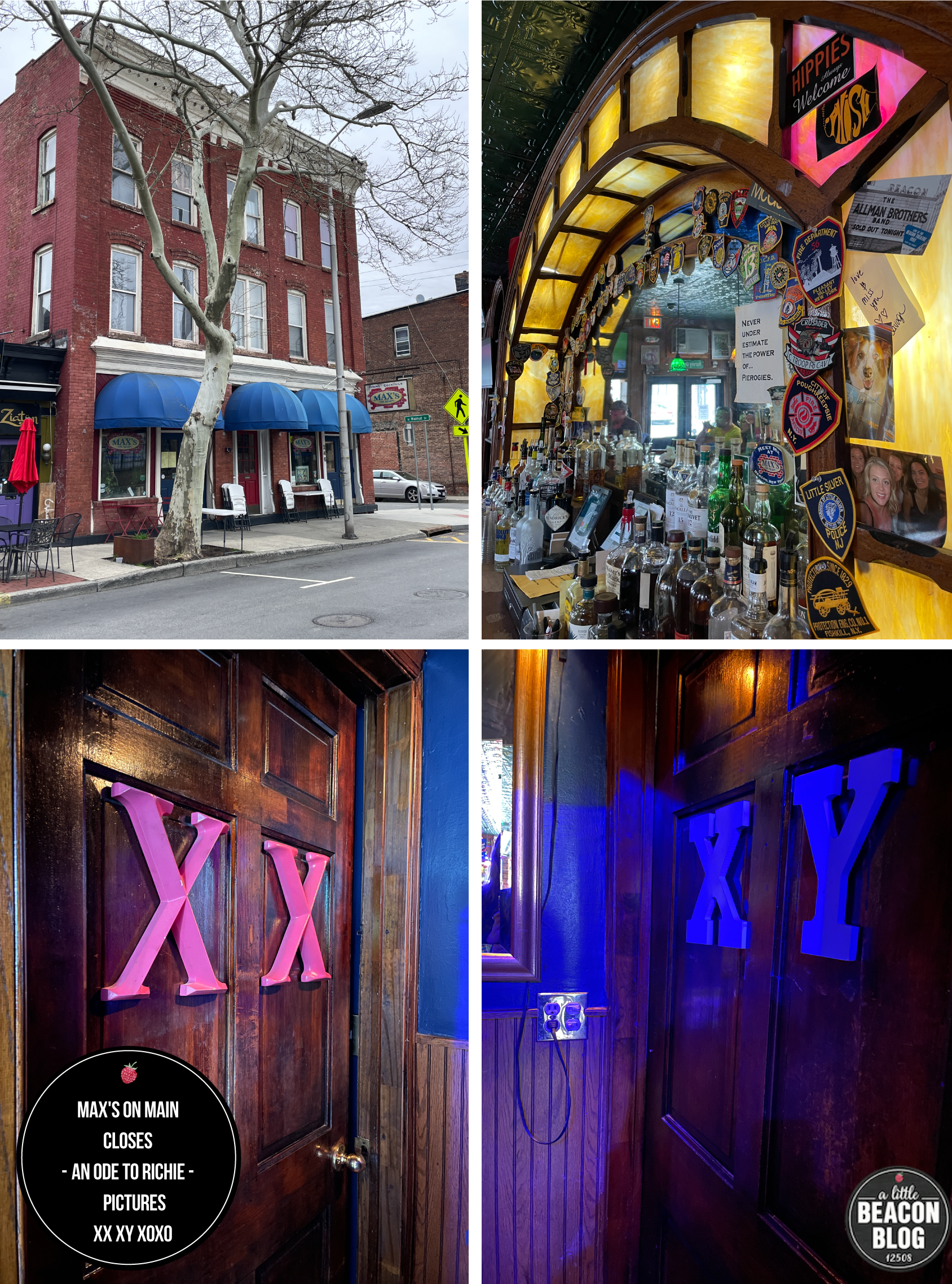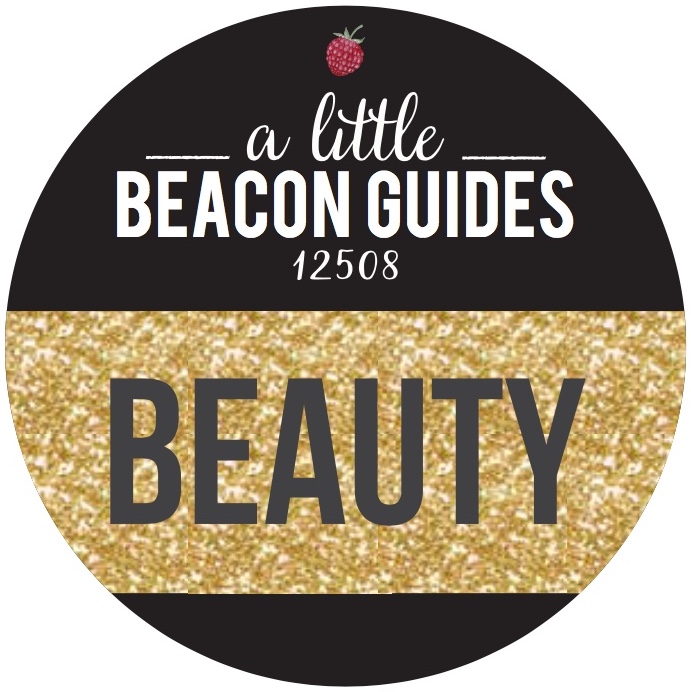Watch for Giant Turtles Crossing - What Do They Do On The Other Side?
/In last weekend’s edition of the Highlands Current, the reporting was turned on Beacon beat reporter Jeff Simms, who normally writes up Beacon news for the newspaper. His animal-rescue experience landed him front-page treatment. Normally, his own article would be in this spot. Last week, however, he himself was in ink (not the ink on his arm, but on the page).
While riding his bike down Route 9D from Beacon to Cold Spring on his way to the Current's production meeting, Jeff spotted this snapping turtle gradually making his way across the road. According to the article, Jeff pulled his bike over and attempted to encourage the turtle to go faster or move away from the busy road.
May and June is prime time to see snapping turtles, which are one of 11 species native to New York. In the late spring and early summer, they're on the move, laying their eggs in sandy areas or loose soil, according to the Department of Environmental Conservation (DEC). The DEC issued an advisory last year reminding motorists to watch out for migrating turtles, whose populations are declining. "The reptiles lay just one small clutch of eggs each year, which means the loss of a breeding female can have a significant effect on the local turtle population," according to the advisory. Suffice to say, the turtle that Jeff spotted was on a mission and would not be deterred.
But its slow progress left it vulnerable, so Jeff’s next move was to call in the professionals: Mark Price, Beacon’s own director of the parks and recreation department. Together, they moved the turtle by lifting it by either side of its shell, the method DEC recommends if you need to move one (see the DEC's full recommendation on how to move a turtle to safety).
Exciting times for this Tree City! Beacon is an official Tree City, as designated by New York State’s Urban Forestry Program, which “fosters comprehensive planning, management and education throughout New York to create a healthy urban and community forest and enhance quality of life,” as stated in their mission. Spotting snapping turtles is a reminder that we are surrounded by an an ecosystem of fauna and flora, turtles to treetops, and it's good to keep them healthy!
















































